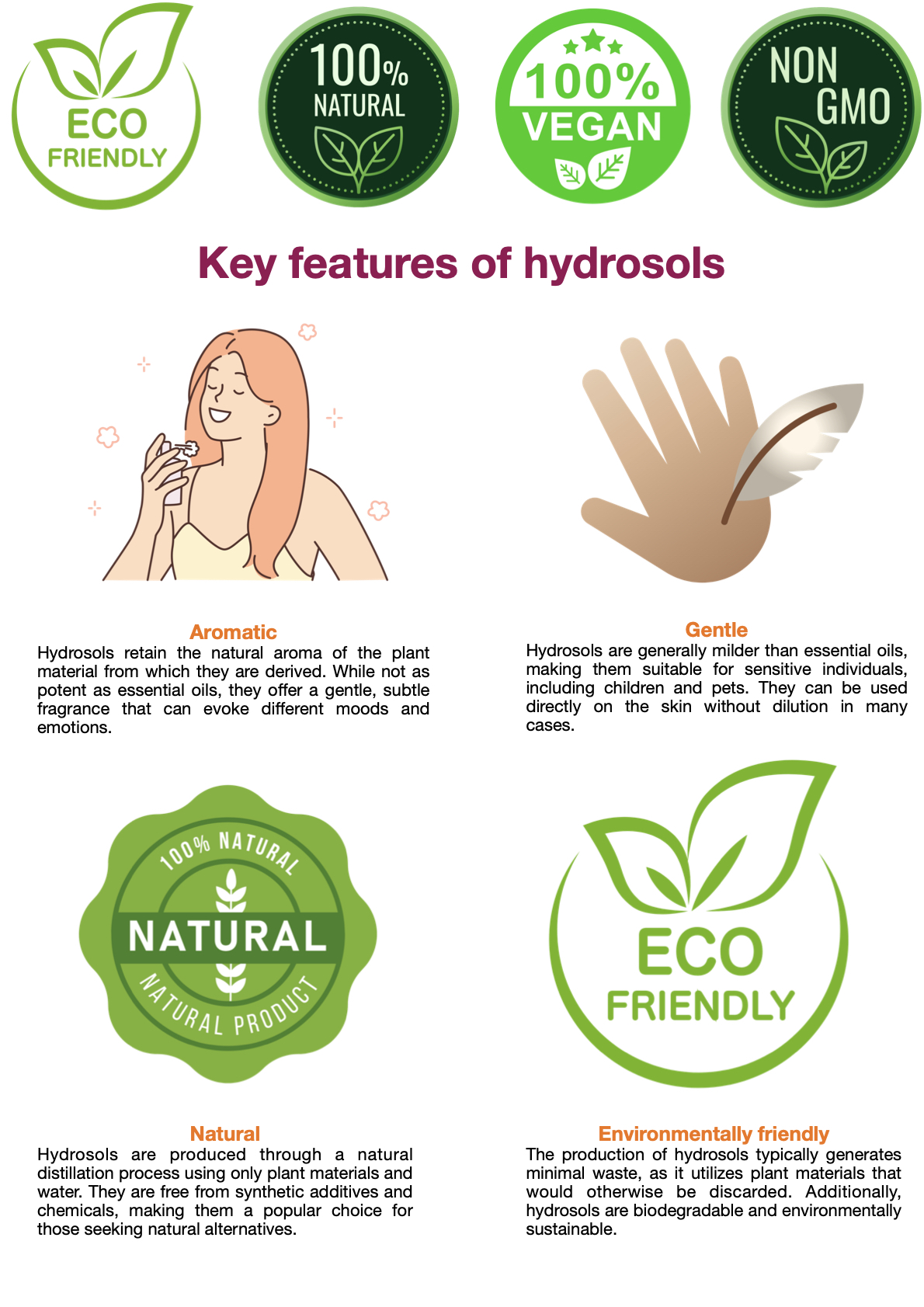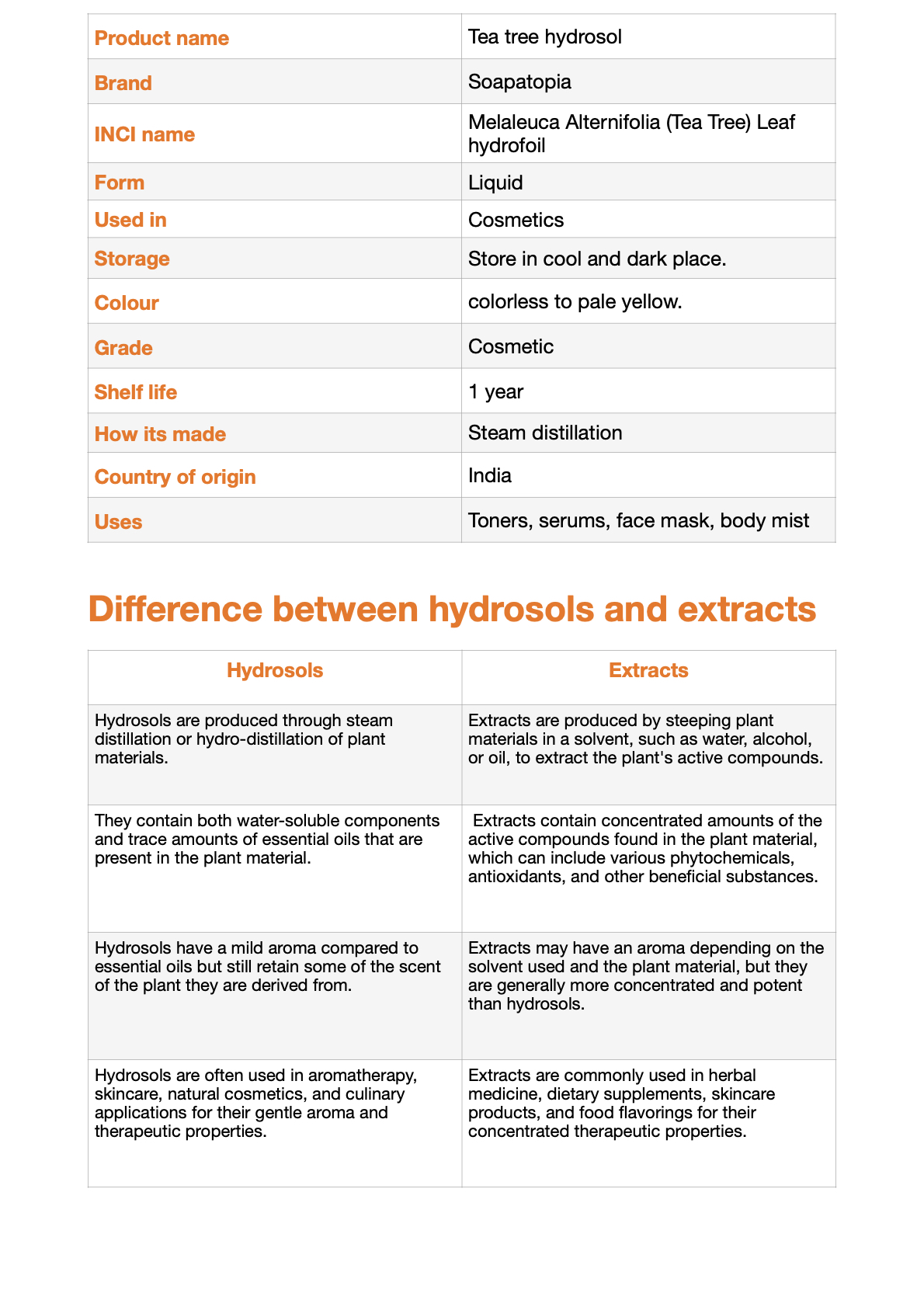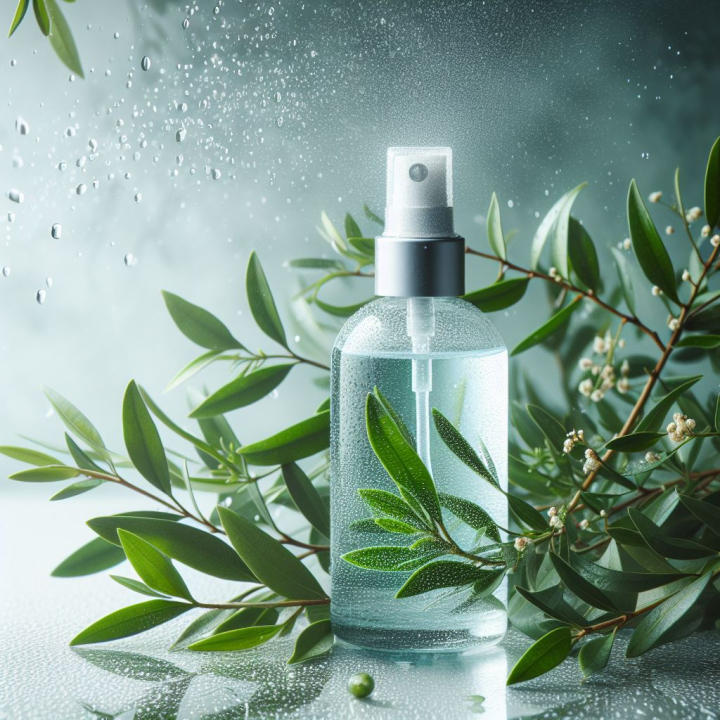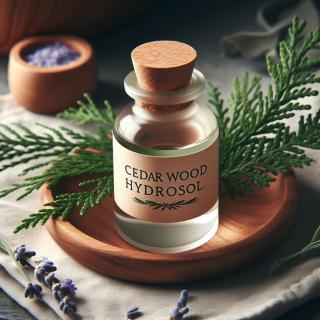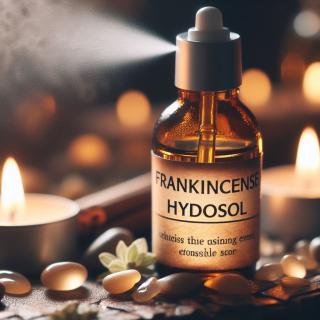TEA TREE HYDROSOL
₹
0
Tea tree hydrosol, derived from the steam distillation of the leaves of the Melaleuca alternifolia tree, offers a refreshing and versatile addition to natural skincare and aromatherapy routines. With its clean, medicinal scent and potent therapeutic properties, tea tree hydrosol is a staple in holistic wellness practices.
Renowned for its antibacterial, antifungal, and antiseptic qualities, tea tree hydrosol is often used to promote skin health. It can help soothe minor irritations, blemishes, and insect bites, making it an excellent addition to facial toners, cleansers, and spot treatments. Additionally, its astringent properties make it beneficial for oily and acne-prone skin types, helping to balance sebum production and clarify the complexion.
In aromatherapy, tea tree hydrosol's fresh and invigorating scent can help clear the mind and uplift the spirits. It can be diffused to purify the air, especially during times of seasonal illness, or used as a natural room spray to promote a clean and revitalizing environment.
Tea tree hydrosol can also be used in hair care routines to help maintain a healthy scalp and promote hair growth. Its antimicrobial properties can address issues such as dandruff and scalp irritation, while its refreshing scent provides a sensory boost to hair care products.
what are hydrosols?
Hydrosols, also known as floral waters or plant waters, are aromatic waters produced by steam distillation or hydro-distillation of plant materials such as flowers, leaves, stems, and other plant parts. They are created during the process of extracting essential oils from plants.
When plant material is subjected to steam distillation, the steam passes through the plant material, causing the essential oils to evaporate along with the steam. As the steam cools and condenses, it separates into two components: the essential oil, which floats on top, and the aromatic water, or hydrosol, which remains underneath.
Hydrosols contain trace amounts of essential oils as well as water-soluble plant compounds, giving them a mild aroma and therapeutic properties similar to those of the essential oils they are derived from.
